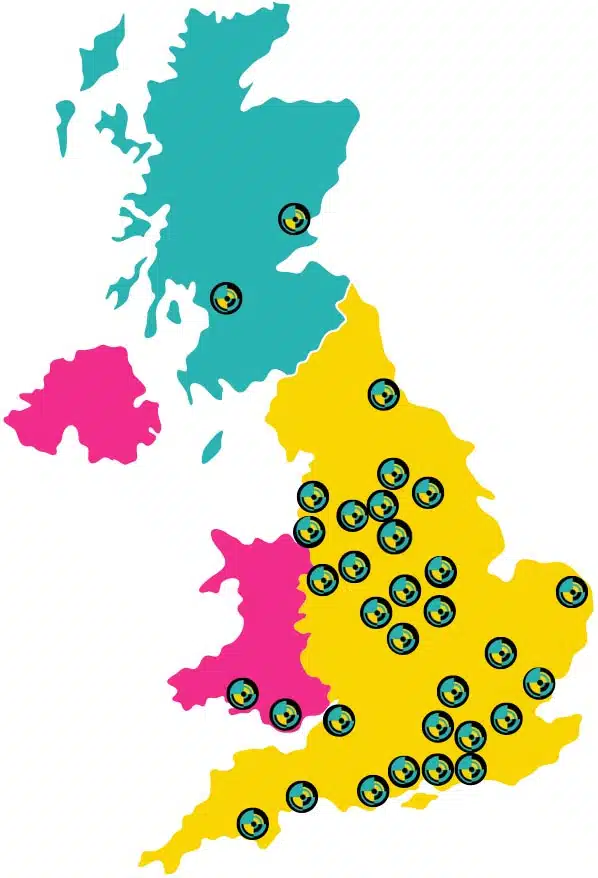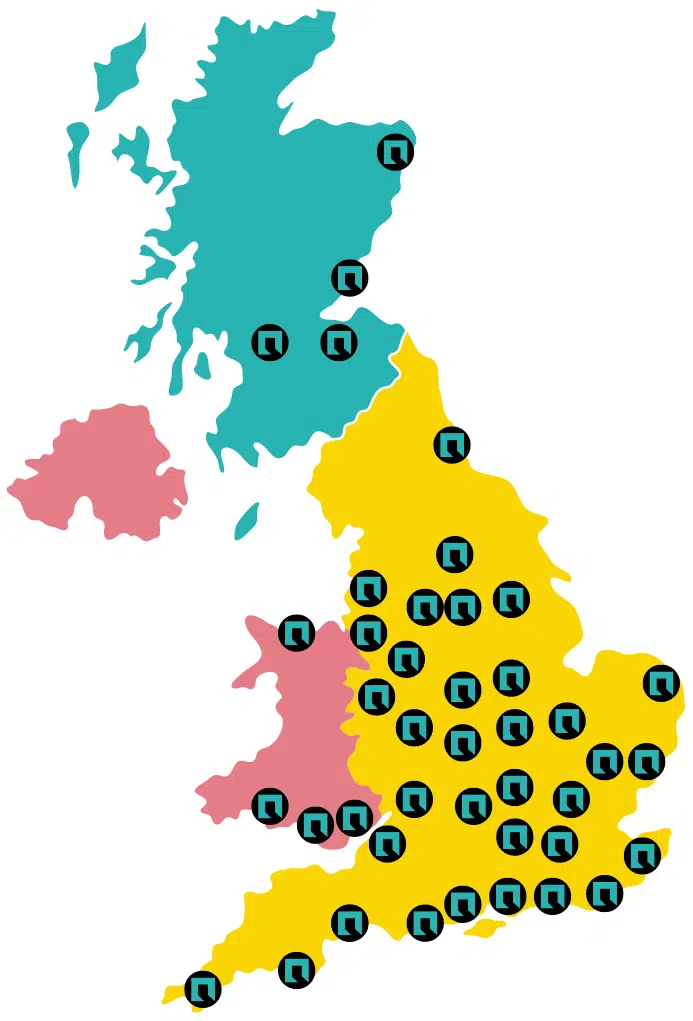CONNECTING BRANDS WITH YOUNG PEOPLE.
We connect brands with young people in a trusted media environment. Our national network of full–motion digital screens engages this notoriously hard-to-reach audience where they live and study.
By partnering with education and university accommodation providers, we have developed a growing portfolio of more than 320 screens in high footfall and dwell time areas.
Our network already achieves more than 700k daily impressions per campaign in more than 60 towns and cities across the UK. We are an audience-first media owner, powering our platform with live-insights from young people and the experience of our Gen Z founders and team.
Are you an innovative brand looking to reach young people where they live and study, rather than when they are on the move?
If so, look no further.

Are you a forward-thinking education or university accommodation provider who wants the best for your students?
Well, you are in the right place.


Did you know?
77% of students make all of their online purchases when they are at home.

We reach Gen-Z in high footfall and dwell time areas with in an environment where they feel comfortable, rather than when they are on the move.
0
k +
Daily
reach
0
Number
of screens
0
Towns & cities
targeted

We reach Gen-Z in high footfall and dwell time areas within a trusted media environment where they feel comfortable and make the majority of their spending decisions.
0
k+
daily impressions
0
+
live screens
0
+
